Annotation
- “Adult” acne
- Hormonal imbalance
- Hyperkeratosis
- Gastrointestinal problems
- Cosmetics
- Heat and high humidity
- Drug-induced acne
- Mechanical and chemical damage to the skin
- PMS-acne
- Allergic reactions
- Photodermatosis
Acne is considered the second most common skin disease in the world. Acne attacks girls and boys aggressively and massively, but these rashes can appear at any age. "Adult rash" may be something more unpleasant than a temporary imperfection of youth.
Skin is the largest human organ. The top layer of skin, the epidermis, is completely covered with a stratum corneum of dead cells. It is a water-lipid skin protection from the penetration of microorganisms and from moisture loss. A certain level of acidity is maintained on the surface of the skin (PH 4.5-5.5), which is comfortable for microflora of a certain composition and limits the growth of colonies of pathogenic bacteria.
But the acid balance of the epidermis can change. And some types of bacteria begin to actively multiply. This provokes a rash of acne (comedones), which are foci of inflammation. Acne is mainly localized on the cheeks, forehead, temples, and nose.
Technically, this small rash appears as a result of the combination of excess sebum production with dead skin flakes. This mass clogs the pores, and an inflammatory process develops in them, which swells into a pimple.

Thus, the development of acne occurs against the background of excess sebum production and a large number of dead cells on the surface of the skin.
There are two types of comedones:
- Closed (whiteheads) - those that do not reach the surface of the skin and have the appearance of whiteheads.
- Open (blackheads) - have a connection with the surface; in fact, blackheads take on the color of sebum oxidized in the air. This is not dirt.
The reasons for their appearance may be different.
“Adult” acne
Most often, irritation occurs against the background of altered hormonal levels. Acne rashes can also appear as a reaction to climate conditions, the use of medications or cosmetics.
Hormonal imbalance
Increased secretion of sex hormones during the period of maturation in a girl or boy is natural. They can provoke an extensive small rash, which will go away after the endocrine system has stabilized. This is a temporary imperfection that does not require treatment.
The cause of disruption of the production of sex hormones in adult woman over the age of 30 years old may have internal pathologies, in particular gynecological and endocrine diseases.
Hyperkeratosis
This is called an increase in the stratum corneum of the skin. It is a reaction to vitamin A deficiency, intoxication with harmful substances, including petroleum products and their oils, as well as prolonged mechanical effects on the skin. A similar skin reaction is observed with lichen, ichthyosis, and types of erythroderma.
Gastrointestinal problems
Practice shows that there is a connection between the condition of the gastrointestinal tract and acne. Some experts point to a positive correlation between avoiding so-called unhealthy carbohydrates and carbonated drinks and reducing the incidence of acne. Some patients experience acne after eating certain types of foods.
Cosmetics
You should pay attention to cosmetics: creams, oils, masks, etc., containing lanolin, sulfur, squalene, red pigments (type D, C). You should not use cosmetics with these substances, much less tint pimples with it. This only makes the situation worse.
At the same time, there are a number of cosmetic preparations aimed at getting rid of acne. One popular option is to use salicylic acid. Therefore, creams and other products containing salicylic acid can be used as a topical remedy. They are applied to the source of inflammation and, thanks to their bactericidal effect, help reduce inflammation and free up some pores.
Heat and high humidity
Moving to hot and humid climates can lead to acne. Moreover, if you encountered this problem in your youth, it may return in a more severe form.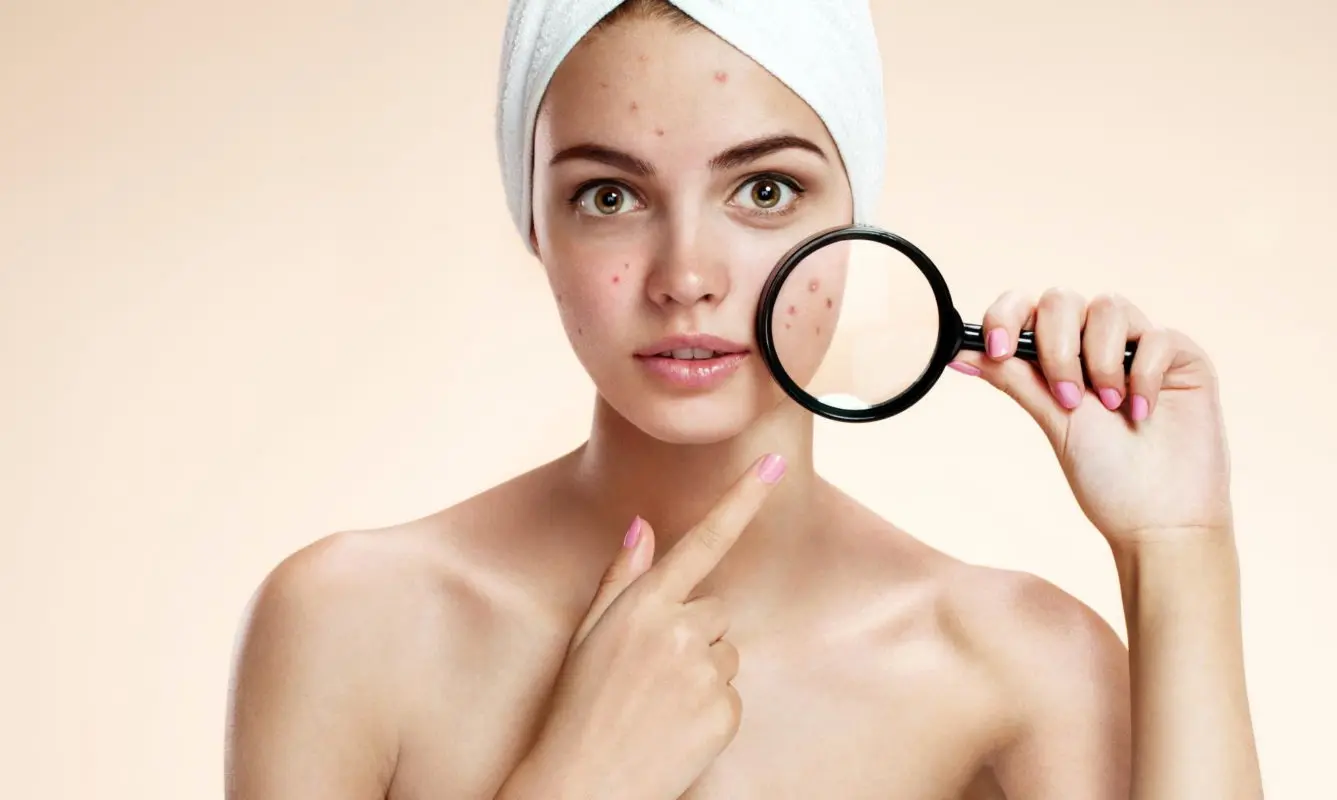
Drug-induced acne
Acne can occur as a reaction to the use of hormonal drugs, in particular glucocorticosteroids. Also, rashes can occur after discontinuation of female oral contraceptives. The problem in women disappears within a few months after stopping the drugs.
Mechanical and chemical damage to the skin
Sometimes irritation occurs where there is constant mechanical stress on the skin. This could be a telephone receiver, a place under a hard collar, etc. In this case, the problem is solved by getting rid of the provoking factor.
An attempt to squeeze acne is also a mechanical intervention. As a result of damage to the skin, the infection penetrates deeper and infects adjacent non-inflamed follicles. A small rash may merge into a single inflamed area.
On problem skin, an accidental touch of a dirty finger may be enough for new acne to appear. But don't overdo it with personal hygiene. Washing your skin too often reduces your skin's ability to resist infections and is a contributing factor to the development of acne. For the same reason, aggressive cosmetic procedures for cleansing the face and the use of scrubs are prohibited.
PMS-acne
In the last phase of the menstrual cycle, the body increases the production of steroid hormones, which are accompanied by rashes. Acne is often localized on the chin and can be partially resolved by using creams and masks.
Allergic reactions
An allergic rash differs from acne in appearance. Allergic rashes appear after contact with an allergen. They have the ability to pass after a certain period of time.

Acne is not directly related to the action of the allergen and lasts a long time. Comedones are concentrated on the cheeks, chin, forehead, while an allergic reaction is rarely limited to the face.
Photodermatosis
This is the skin's reaction to solar radiation. So-called photodermatoses in most people are limited to sunburn. But in some cases other reactions appear:
- urticaria;
- solar keratosis;
- skin photoaging.
The therapeutic benefits of exposure to the sun to clear acne from the face and other parts of the body include the ability to disinfect areas of the skin and produce a tan that masks red and brown acne spots.
However, excessive sun exposure causes general skin damage, which in its consequences can nullify all the positive effects.




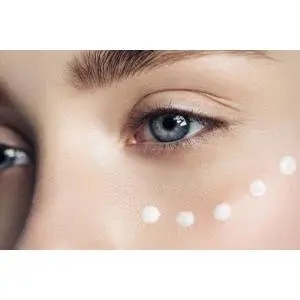


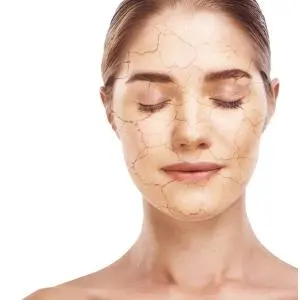
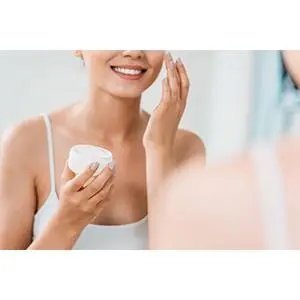
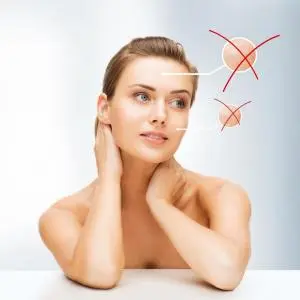
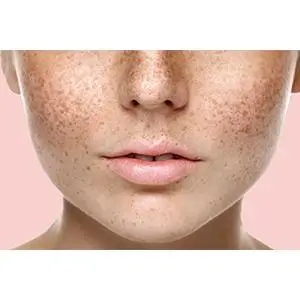

Comments
Leave your comment